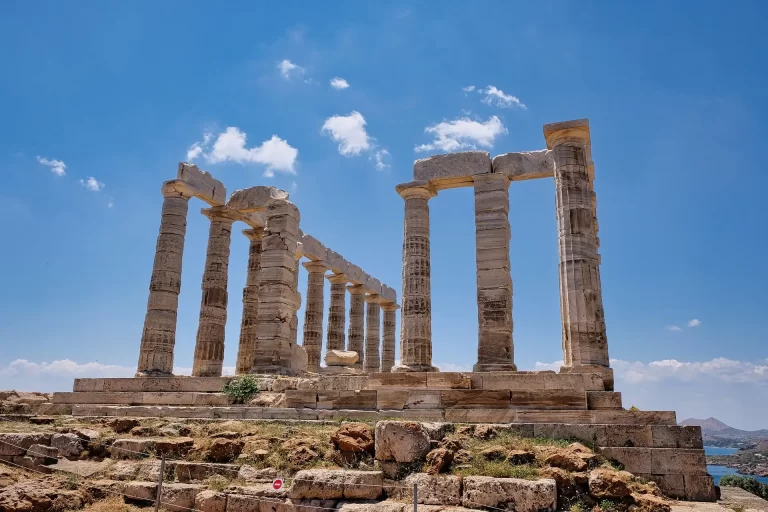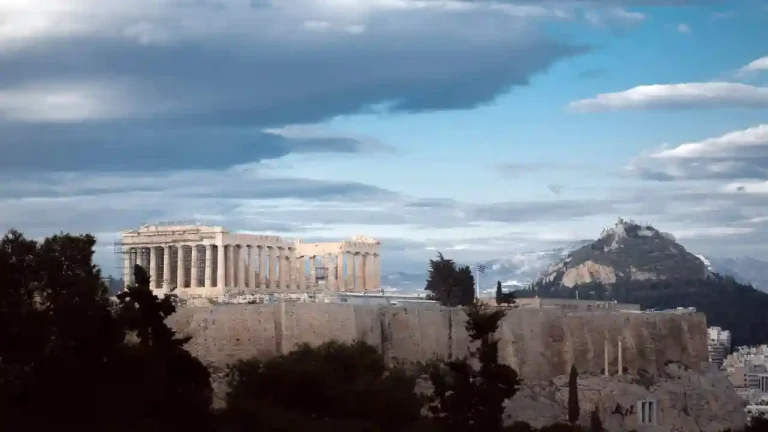Lycabettus Hill: Athens’ Natural Marvel
Lycabettus Hill, an age-old limestone escarpment rising majestically in Athens, Greece, stands as a geological masterpiece and a cultural emblem. This iconic hill offers an unparalleled vantage point to behold the sprawling metropolis below, weaving history, mythology, and modernity into its narrative.
The Geological Genesis
Lycabettus Hill, a geological wonder shaped over eons, boasts its origins in limestone. The gradual accretion of limestone sediments over millions of years and subsequent tectonic movements led to the formation of this captivating natural feature.
Historical and Mythological Significance
Rich in history and steeped in myth, Lycabettus Hill’s roots are intertwined with Athenian lore. It’s believed that Athena, the goddess of wisdom and war, dropped a massive limestone rock while constructing the Acropolis, thus forming this hill. This mythological tale cements its cultural significance.
Aesthetic Appeal
One of the most captivating aspects of Lycabettus Hill is its aesthetic charm. Especially during the magical hours of sunset, the sky transforms into a canvas of hues, providing a breathtaking backdrop to the silhouette of Athens, making it a must-visit for photographers and romantics.
The Lycabettus Funicular
To enhance accessibility, the Lycabettus Funicular was ingeniously constructed. This vertical transportation marvel carries visitors from the base to the hill’s summit with ease, promising a convenient and scenic journey.
Lycabettus Funicular Opening Hours & Prices
The Lycabettus Funicular operates from 9:00 a.m. to 2:30 a.m., offering a roundtrip ticket at 10€ per person and a one-way ticket at 7€ per person. Services run every 30 minutes, with increased frequency to every 20, 15, or 10 minutes during peak hours.
Lycabettus Hill’s Modern Role
Beyond its historical and geological significance, Lycabettus Hill has adapted to modern times. It now serves as a multifaceted cultural hub, hosting various events ranging from open-air concerts to art exhibitions. Additionally, it offers a haven for outdoor enthusiasts, providing an escape from the bustling city life.
Lycabettus Hill FAQ:
Lycabettus Hill was formed through geological processes, primarily consisting of limestone origins, shaping it into the stunning landmark we witness today.
Yes, Lycabettus Hill is steeped in mythology, often linked to the goddess Athena, further enhancing its cultural and historical significance.
The golden hour during sunset provides a breathtaking backdrop against the silhouette of Athens, making it an ideal time to visit Lycabettus Hill.
The Lycabettus Funicular, an engineering marvel, provides a convenient and thrilling means of reaching the summit of Lycabettus Hill.
Lycabettus Hill has evolved into a contemporary cultural hub, hosting events, concerts, and offering a recreational space, reflecting Athens’ dynamic present.








